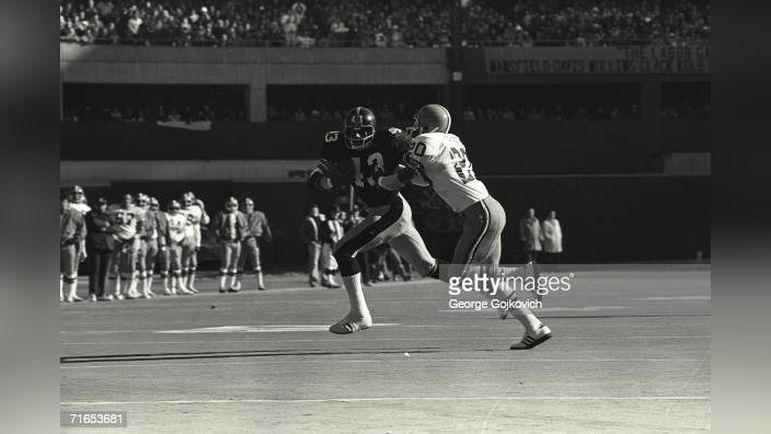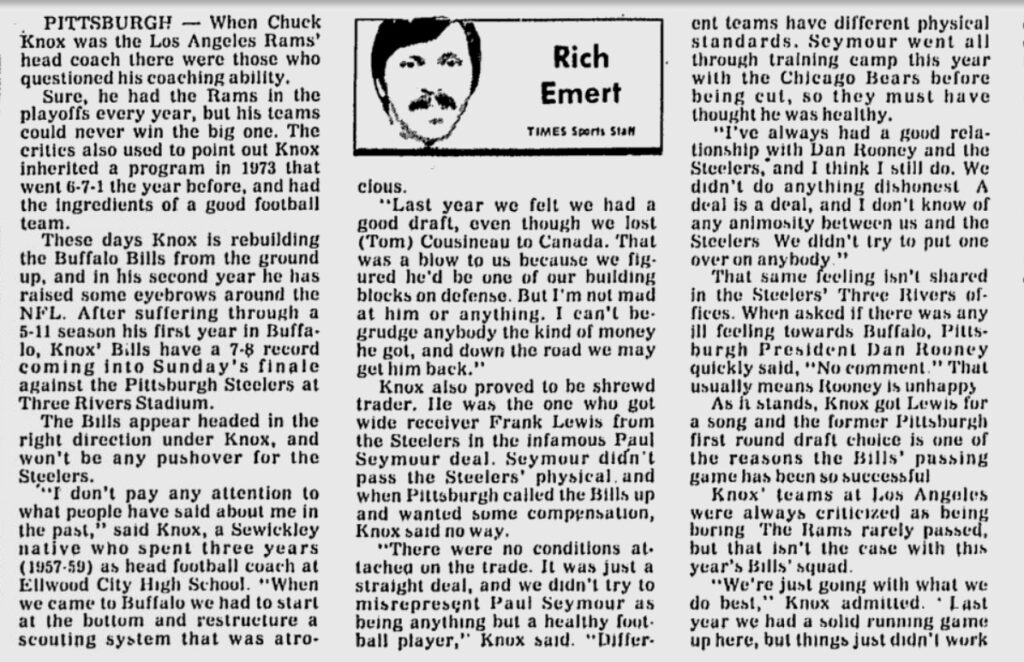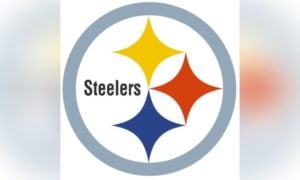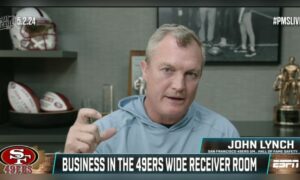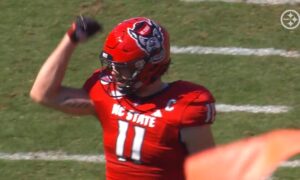Over the Pittsburgh Steelers’ long franchise history, they’ve made their fair share of bad moves. Poor draft picks, free agency signings, trades that didn’t work out. But their worst deal ever came in August 1978 when the Steelers sent speedster wide receiver Frank Lewis to the Buffalo Bills for TE Paul Seymour.
The Bills got a downfield threat in Lewis, who would go on to make the Pro Bowl in 1981, his age-34 season. Lewis spent six years in Buffalo, averaging more than 17 yards per reception. He was more productive in one fewer season and during the back half of his career than he was in seven years with Pittsburgh.
That’s the first part of the Steelers’ mistake. Though they had a full wide receiver room with John Stallworth and Lynn Swann in an era where there weren’t a ton of three-receiver personnel groupings, Pittsburgh believed Lewis was over the hill. His role had shrunk and in 1977, caught just 11 passes, the fewest since his rookie season as the team’s 8th overall selection of the 1971 draft.
So Pittsburgh was looking to move on from Lewis and that wasn’t indefensible. If they could trade a talented but less valuable #3 wide receiver for a piece who would play more, there was a potential move to make. But what Pittsburgh got back was…
Nothing.
Okay. They technically got back TE Paul Seymour. A fellow first-round pick, selected 7th overall of the 1973 draft out of Michigan, he put up modest but steady numbers in his first four years with Buffalo. Like many tight ends of the era, there wasn’t volume but there were some big plays, as he averaged 16.4 yards per grab in 1974 and 14.1 the following year.
But like Lewis, Seymour’s passing game role dissipated throughout his time with the Bills. Though he appeared in 13 games during the 1977 season, he caught just two passes for 21 yards. Pittsburgh could use the extra tight end help, Larry Brown recently transitioning from tight end to offensive tackle. With Lewis and Seymour fading from their respective offenses, the swap made sense.
So that was the deal. Frank Lewis to Buffalo, Paul Seymour to Pittsburgh. On August 15th, the deal was finalized.
We know what Lewis got with Buffalo. He was a better fit for the Bills’ pass-heavy offense — ironic since head coach Chuck Knox’s general affinity for the run earned him the nickname “Ground Chuck” — and finished 1978 second on the team with 41 receptions, first in yards with 735, and first in touchdowns with seven. The following year, he put together his first 1,000-yard season. Two years later, made his first Pro Bowl with a 70-catch, 1,244-yard campaign in 1981.
Buffalo afforded him chances Pittsburgh didn’t. Here’s what he said via The New York Post in late 1981.
“I never had a role in Pittsburgh where I had to make a lot of catches. I was never the main receiver in Pittsburgh. We didn’t throw that much. I didn’t know where I wanted to go, so Buffalo was as good as anywhere else. I had my mind made up I would give my best regardless of where I went. I would have preferred a warmer climate, though.”
In fairness, the Steelers opened up their offense just as they were trading Lewis. The 1978 and 1979 Super Bowl-winning teams focused on the deep passing game more than the 1974 and 1975 teams, which were far more ground-focused. Still, the trade was the trade and there’s no doubt Buffalo added a talented and leading wide receiver to its team.
And Pittsburgh with Seymour? Nothing. He wasn’t just unproductive. He never played for the Steelers. After completion of the trade, Seymour was flagged and failed his physical due to a foot injury, never playing for the team. A 1979 Beaver County Times article outlined the details of the deal gone wrong.
“Seymour didn’t pass the Steelers’ physical and when Pittsburgh called the Bills up and wanted some compensation, Knox said there was no way.
“‘There was no conditions attached on the trade. It was just a straight deal and we didn’t try to misrepresent Paul Seymour as being anything but a healthy football player,’ Knox said. Different teams have different physical standards.”
Knox went on to say he maintained a good relationship with Dan Rooney and didn’t believe that was any “animosity” between the two. When the paper asked Rooney about the deal, he only offered a “no comment,” which was generally viewed at the time as, “we’re pissed.”
According to Steelers.com’s Bob Labriola in a 2019 Asked and Answered, Seymour then went back to the Bills, though I don’t have any record of him actually playing for the team. Meaning Frank Lewis was traded to the Buffalo Bills for nothing. According to the BCT article, Seymour was healthy enough to go through training camp with the Chicago Bears the following summer, though he never appeared in another NFL game.
In fairness, though it doesn’t make the look any better, this isn’t the only example of Pittsburgh being left out to dry like this. A similar set of circumstances occurred in 1938-1939 when the team (then known as the Pittsburgh Pirates) traded its first-round pick to the Bears for Edgar “Eggs” Manske midway through the year. Manske played only six games for the Steelers and then re-signed with the Bears for 1939. And the draft pick Pittsburgh gave Chicago? They used it to select QB Sid Luckman 2nd overall, who would go on to become the greatest QB in franchise history and a Hall of Famer.
As I’ve referenced several times over the last week, Lewis is one of the most underrated players in Steelers’ history, even by his own fan base. He was a big-play threat who won a pair of Super Bowls with the Steelers and became a prolific wide receiver with the Bills. But the way his time ended in Pittsburgh is a strange saga and one of the most lopsided deals in NFL history.

